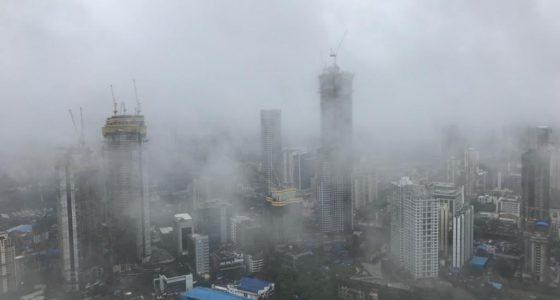The Model Tenancy Act will help bridge the trust deficit between tenants and landlords by delineating their obligations and will eventually help unlock vacant houses across the country.
By Varun Singh
On Wednesday the Union Cabinet approved the Model Tenancy Act (MTA) for adoption and enactment by states/UTs to promote rental housing in India.
The official twitter handle of Ministry of Housing and Urban Affairs, tweeted, “MTA envisages to balance the interests and rights of both the owner and tenant in accountable and transparent manner.”
As per Memorandum of Understanding (MoU) signed by States/UTs under PMAYUrban, they would either legislate or amend existing rental laws on the lines of MTA.
After enforcement of this Act, no person shall let or take on rent any premises except by an agreement in writing.
MTA will be applicable prospectively and will not affect existing tenancies and will cover both urban and rural areas.
A digital platform will be set up in the local vernacular language or the language of the State/UT for submitting tenancy agreement and other documents.
One of the salient features of the Model Tenancy Act is time bound and robust grievance redressal mechanism comprising of Rent Authority, Rent Court and Rent Tribunal to provide fast-track resolution of disputes.
The Act specifies, isposal of complaint/appeal by Rent Court and Rent Tribunal will be within 60 days.
According to Dr. Niranjan Hiranandani, National President, NAREDCO, the Model Tenancy Act will facilitate unlocking of vacant houses for rental housing purposes. It is expected to give a fillip to private participation in rental housing as a business model for addressing the huge housing shortage. The Act will enable institutionalisation of rental housing by gradually shifting it towards the formal market.
Anuj Puri, Chairman – ANAROCK Property Consultants says, this act will bridge the trust deficit between tenants and landlords.
Puri said, “The Model Tenancy Act will help bridge the trust deficit between tenants and landlords by clearly delineating their obligations and will eventually help unlock vacant houses across the country.”
According to Puri, this Act can fuel the rental housing supply pipeline by attracting more investors, and more rental housing stock will help students, working professionals and migrant populations to find urban accommodation (especially in COVID-19-like exigencies).
“Once implemented in all fairness across states, it will go a long way in formalising and stabilising the rental market. It would also revive the fortunes of not just the rental market but the housing sector at large.”
Anuj Puri, Chairman – ANAROCK Property Consultants
The move is expected to help both the tenants and the landlords and help them resolve issues.
Rohit Poddar, Managing Director, Poddar Housing and Development Ltd says, “The Act will help in building a better tenancy market. The terms and conditions of the rental tenancy are clear to both landlords and tenants and reduce a significant number of disputes that take place due to unwritten agreements, thus the move will benefit both the landlords and tenants by creating a cohesive and sustainable environment.”
Anand Gupta, of Builders Association of India is hoping that the act will facilitate housing for all in the country.
According to Pankaj Bhansali, COO, Eqaro Guarantees Pvt Ltd, the new act would bring in over 11 million urban houses into the rental market and help address the country’s massive housing shortage.
He said, “The move will help address the high number of vacant residential units in India, which is over 11 million houses, making it economically productive, reducing litigation, and encouraging trust between the landlord and the tenants. The new model Tenancy act will also encourage and attract institutional investments into the residential assets.”
However, Puri also says that, while the Model Tenancy Act is a step in the right direction by providing a clear roadmap for states to follow, it will remain to be seen to what extent the states will toe the central government’s line.
Bhansali is hopeful that, like the RERA law, the Model Tenancy Act will reform the rental housing business in India with utmost transparency.
Also Read: Read How MahaRERA Decides Seniority of Complaints









